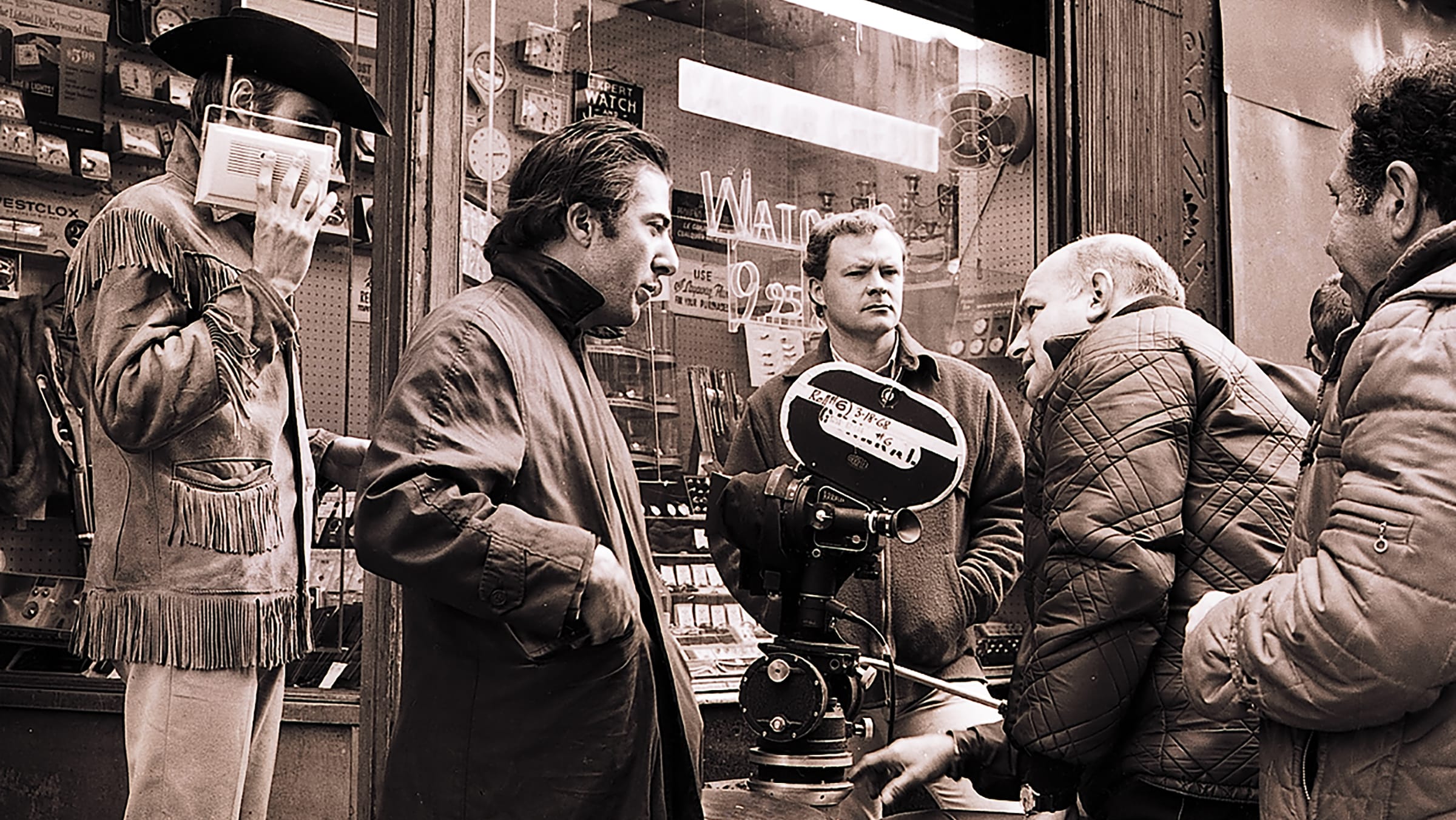“Midnight Cowboy” begins inconspicuously. Joe Buck, a 6-foot-4 stud, stands in front of mirror, clad in full cowboy regalia, a cigarette hanging out of his mouth. As Harry Nilson’s classic song “Everybody’s Talkin’” resounds, he takes his suitcase, quits his job and boards a bus. For three minutes, John Schlesinger’s 1969 film seems like a conventional Western. Granted, John Wayne traveled on a gorgeous gray horse, not a gas-guzzling Greyhound. Still, Joe differs from John in a more consequential way. He is not bound for Monument Valley, but Manhattan. Beneath his spurs and Stetson hat, he is a prostitute. Yet, “Midnight Cowboy” is not just a history of a hustler; rather, it documents a seismic shift in the American imagination.
The cowboy has long been an American archetype. In the early 20th-century, Americans became fascinated with the Southwest. Railroads adopted the cowboy as a symbol of Western life. The cowboy was independent. He charmed women. He maintained his honor, no matter the price. He quickly became a central part of the American culture because moviemakers were among the most prominent passengers on these trains. Enchanted with the desert landscape, they decided to make myriad movies set in the Old West. By the end of the 1930s, the Western had become a staple of the cinema, and John Wayne became the greatest actor in the genre.
Schlesinger subverts every stereotype associated with the cowboy. While an ordinary cowboy is fiercely independent, this midnight cowboy is dependent on the whims of wealthy women. Joe Buck is unable to fascinate any woman he encounters on the street. He loses his dignity when he runs out of cash and is forced to occupy a condemned building with Ratso Rizzo. Ratso, a con man, attempts to school Joe on his profession, but he’s not very successful. He justifies his failure by declaring, “That great, big, dumb cowboy crap of yours don’t appeal to nobody except every jockey on 42nd Street. That’s faggot stuff!” Aghast, Joe responds, “John Wayne! You wanna tell me he’s a fag? I like the way I look. It makes me feel good.”
As Vito Russo writes in “The Celluloid Closet,” his groundbreaking study of gays in cinema, this exchange exemplifies an anxiety at the heart of the film. He asks, “If there is no real difference between the cowboy hero and the faggot on 42nd Street, then what remains of American masculinity?” Earlier cowboys had furthered the American way by driving Native Americans off land that was rightfully theirs. Joe tries to preserve conservative American values by constantly attacking queers. Joe is unsuccessful even at spreading homophobia, however, because he is desperate for money. He has no choice but to become gay for pay: A timid student gives him a blowjob in the balcony. As they have oral sex, Joe watches the film. It’s some absurd adventure involving astronauts, but Schlesinger ingeniously cuts between the braggadocious swashbucklers on screen, and the vulnerable Joe, glued to his seat. For some strange reason, tears come down his face. It’s as if he’s in mourning — he will never be as manly as the heroes he idolizes.
Schlesinger does not just deconstruct the image of the cowboy or the concept of masculinity, but all the illusions the movies provide. In a strange way, Joe resembles Molina from Manuel Puig’s “Kiss of the Spiderwoman.” Molina, a window dresser unwilling to hide his homosexuality, has been locked in an Argentinian prison for years. He passes the long, excruciating days in reminiscing about Aurora, the diva of his dreams. She is all the things he wants to be — a glamorous icon, a sex symbol, catnip to men. Over the course of Puig’s novel, however, Molina is forced to come out of his reverie. He must confront cruel reality.
Joe must face reality too. He develops a close bond with Ratso, but unfortunately, the slick operator is sick. Ratso has always dreamed of going to Florida and soaking up the sun. Joe abandons his dreams of fame and fortune in New York and resolves to take Ratso to Miami. Still, Joe is not the only figure who must face facts; Schlesinger’s film exhorts his audience to scrutinize what they see onscreen. The epitomes of strength that have dominated American cinema cannot speak to all American experiences. “Midnight Cowboy” attends to the grime and crime in New York City. It compels us to pay attention to people who would ordinarily be overlooked.
Contrary to all expectations, “Midnight Cowboy” was a success. At the 42nd Academy Awards, lead actors Jon Voight and Dustin Hoffman both received nominations. Ironically, they lost the Oscar to none other than John Wayne. Yet, even if Wayne still prevailed in acting category, “Midnight Cowboy” won Best Picture, beating Wayne’s “True Grit.” The victory was deserved, but it was also symbolic: “True Grit” had yielded to a truer and grittier vision of America.
Contact Amir Abou-Jaoude at amir2 ‘at’ stanford.edu.
